Being on the road and enjoying a warm and comfortable living space is essential for all RV enthusiasts. But what happens when your RV furnace starts acting up? Some reports suggest that the furnace shuts off after 30 seconds, which can be terrifying and frustrating, especially during colder months. If you are experiencing this problem, then you are in for some good news. In this blog, we’ll discuss why your furnace is happening and how to fix it.
Table of Contents
The Importance of RV Furnace
Most RVers consider their furnace as an optional amenity, relying instead on electric or portable heaters to warm up their vehicle. However, there are many reasons why your RV furnace is more crucial than you may think, especially if you plan to go on winter camping trips or travel through colder states. Here, we’ll discuss the importance of your RV furnace and why you should pay more attention to its maintenance and operation.
Unlike electric heaters, your RV furnace requires proper ventilation for safe and efficient operation. A functional furnace not only includes a burner assembly and heat exchanger, but also a ventilation system that removes harmful byproducts such as carbon monoxide from the living space. Regular inspection and cleaning of your furnace’s exhaust vent and intake are necessary to ensure proper airflow and to avoid the risk of carbon monoxide poisoning.
For many RVers, winter camping can be a fun and rewarding experience. A fully-functional RV furnace can make all the difference in enjoying your winter camping trip, even in the midst of freezing temperatures and snowstorms. With a properly-maintained furnace, you can sleep comfortably throughout the night without having to worry about the cold.
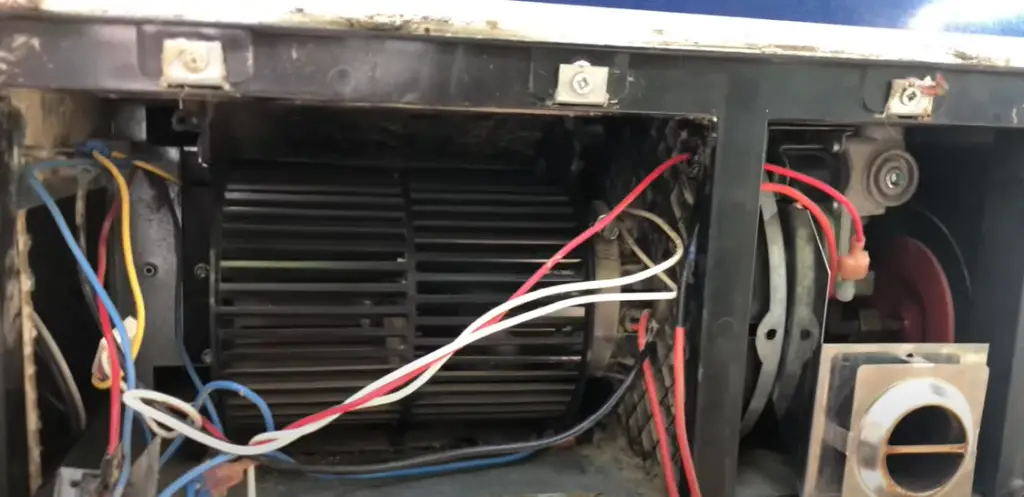
Keeping your RV warm during winter camping trips not only ensures your comfort, but also prevents your pipes from freezing. A fully-functional furnace can keep the temperature inside your RV above freezing, which is necessary to avoid pipes from freezing and potentially bursting. A burst pipe can cause extensive damage to your RV and require costly repairs.
Lastly, if you plan to sell your RV in the future, a well-maintained and functioning furnace can increase your resale value. Potential buyers will appreciate a furnace that can provide reliable heat, especially for those who love to travel during colder seasons.
Your RV furnace is more important than you may think. It not only provides reliable warmth during cold weather, but also ensures proper ventilation and prevents costly damage to your vehicle. Regular maintenance and inspection of your furnace can also increase your resale value and make your RV more marketable. Make sure to prioritize your furnace’s maintenance and operation to ensure a comfortable and safe RVing experience.
RV Furnace: How It Works
When it comes to spending time on the road, having a reliable heating system can make all the difference in the world. Especially in colder temperatures, having a reliable source of heat can make your RV trip more comfortable and enjoyable. For this reason, understanding how your RV furnace works is critical. Now let’s explore the ins and outs of an RV furnace and provide an overview of how it functions to keep you warm and cozy on your next adventure.
The RV furnace’s primary function is to produce hot air and distribute it throughout your RV’s living spaces. It is a self-contained unit that operates on propane gas or electricity to generate heat. It comprises three primary components: the combustion chamber, air intake system, and blower motor. When you turn on the furnace, the blower motor pulls in cool air from the RV’s living spaces and passes it over the furnace’s heat exchanger which uses propane or electricity to generate heat. The warmed air then passes through the ducting system and is distributed throughout the RV’s living spaces.
The furnace’s combustion chamber comprises the burner, ignition system, and thermocouple. The propane gas that flows into the burner gets ignited by the spark created by the ignition system. The resulting flame heats the heat exchanger, transferring heat to the air passing over it. The thermocouple acts as a safety device, shutting off the gas supply if the flame goes out.
The air intake and exhaust system ensures that the furnace burns propane gas efficiently and safely. When the blower motor starts, it pulls in air from outside the RV through the furnace’s air intake system. The air enters the combustion chamber and mixes with the propane gas to produce the flame that heats the heat exchanger. The exhaust gas then passes through the vent pipe to the RV’s exterior, where it is released into the atmosphere.
One crucial piece of equipment that ensures your furnace operates correctly is the thermostat. The thermostat in an RV furnace is similar to the one you use at home. It senses the temperature inside the RV and sends a signal to the furnace’s control board, informing it when to initiate the heating process and when to turn it off. It also enables you to set the desired temperature, which the furnace works to maintain.
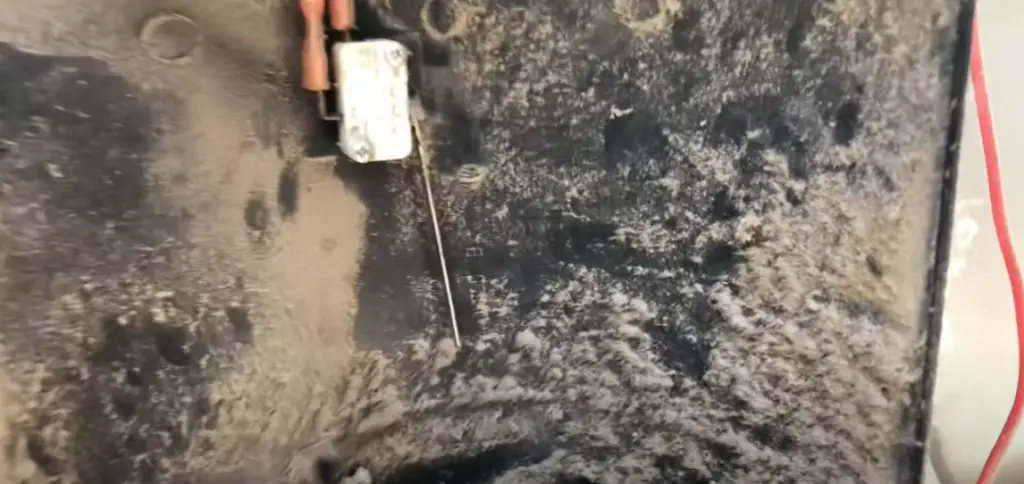
Your RV furnace is an essential component in ensuring that you stay warm and comfortable while you are on the road. Understanding how it works can help you troubleshoot problems when they arise and maintain your furnace to prevent issues from occurring in the first place. If you have any questions about your RV furnace, it’s always best to refer to your owner’s manual or seek the advice of a professional technician. By doing so, you can help ensure that your next RV trip is a cozy and enjoyable one.
How to See That RV Furnace Is Not Working Well
As a frequent traveler, owning a recreational vehicle (RV) comes in handy when it comes to exploring different places without worrying about accommodations. However, when something goes wrong with your RV’s heating system, it can lead to discomfort, unexpected expenses, and even dangerous situations if not addressed promptly.
One of the most critical components of your RV’s heating system is the furnace. It is responsible for heating your RV’s interior during cold weather. If the furnace malfunctions, you can be left with an unpleasant and unbearable interior, causing you to cut short your trip. Let’s see how to tell if your RV furnace is not working well and what steps to take to fix it.
- Listen for Unusual Sounds
Your RV furnace is designed to operate smoothly and quietly. Therefore, if you hear any unfamiliar sounds, it could indicate that something is wrong. One of the most common sounds that suggest your RV furnace is on the verge of malfunctioning is an audible buzzing or whistling sound. Alternatively, you may hear clinks or knocking sounds, indicating that the furnace’s fan motor or blower wheel is malfunctioning.
- Check the Furnace’s Air Filter
One of the most straightforward and effective ways to tell if your RV furnace is not working efficiently is by checking the air filter. Checking the air filter should be on your to-do list regularly, as a dirty and clogged filter can cause your furnace to malfunction or stop working entirely. If your furnace is struggling to heat your RV, check the air filter’s condition and clean or replace it if needed. [1]
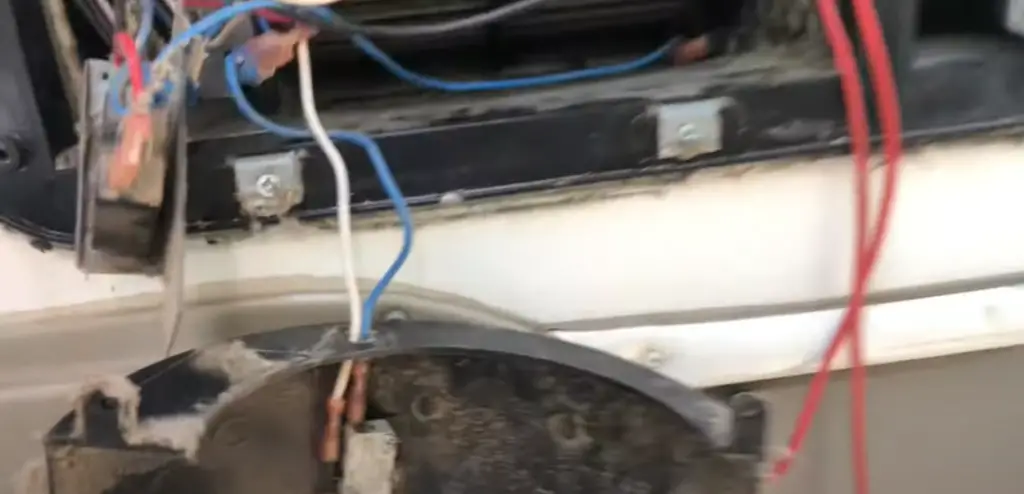
- Inspect the Furnace’s Ignition System
If your RV furnace’s ignition system is malfunctioning, it will cause the furnace to stop heating, leaving you in a cold space. Before calling a professional, you can take matters into your own hands by inspecting the furnace’s ignition system. Look for corroded or dirty ignition electrodes, and also check the wiring connections. Faulty wiring and corroded electrodes can prevent ignition, causing the furnace to fail to start.
- Check the Thermostat
The thermostat is another crucial component of your RV furnace’s heating system. It ensures that your RV’s interior is heated to the optimal temperature, regulating the amount of heat produced by the furnace. If your thermostat is defective or malfunctioning, it can prevent the RV furnace from producing heat or delays it from doing so, causing your interior to be colder than usual.
- Call a Certified Technician
If you have tried all the steps listed above and your RV furnace is still not working correctly, it’s time to call a certified technician. Attempting to fix a non-functional RV furnace can be hazardous and cause injury or further damage to the furnace. A certified technician knows how to troubleshoot and detect issues effectively, ensuring that your RV’s furnace is fixed promptly.
Your RV’s furnace is an essential component that you need to pay attention to, especially during cold weather. By taking the steps above, you can tell if your RV furnace is not working efficiently and then take the necessary steps to fix them. Regular RV maintenance is crucial to ensure that your furnace and other components operate efficiently. It’s also essential to seek professional help for more significant problems with your furnace and other essential systems in your RV to ensure your safety and the longevity of your RV.
RV Furnace Shuts off After 30 Seconds: Possible Reasons and Solutions?
Being out on the open road in your RV can be an exciting and enjoyable experience, but if your furnace starts to malfunction and shuts off after 30 seconds, this can be a huge nuisance, especially in colder temperatures. There are several reasons why your RV furnace may be experiencing this problem, and luckily, there are some solutions.
- Lack of fuel supply
One of the first things you should check is if your RV’s propane tank has sufficient fuel. If the tank is running low, the furnace may not function properly. Make sure to check the gauge to ensure that you have enough fuel in your tank. If not, refill it and attempt to restart your furnace again.
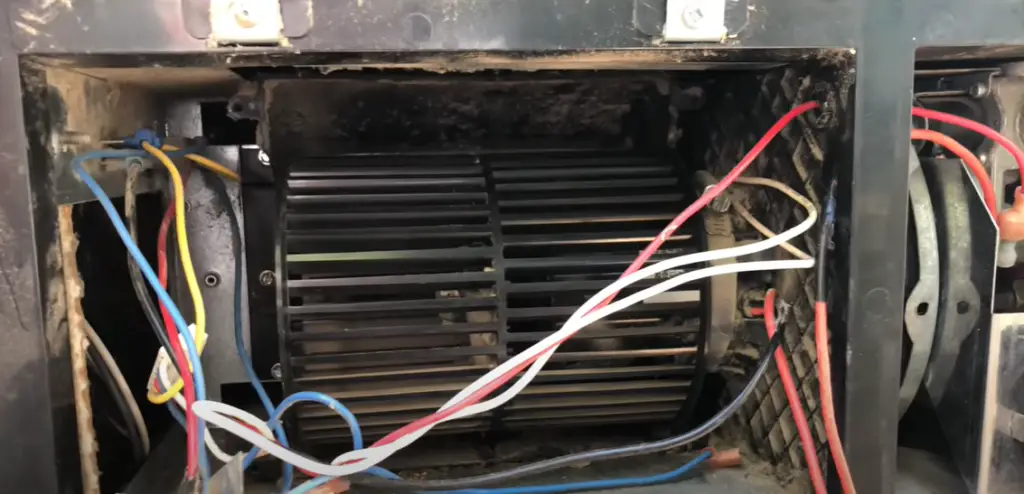
- Clogged furnace intake
Soot or other debris can accumulate in the furnace’s intake, which prevents it from functioning properly. Check to see if the intake is clear and clean it out if it’s dirty. This should resolve the issue. You can also vacuum the intake area to ensure there is no debris left, following the manufacturer’s guidelines.
- Faulty limit switch
The limit switch is responsible for ensuring that the furnace does not overheat. If it malfunctions, your furnace may shut off after 30 seconds. This can sometimes be fixed by resetting the limit switch, but if it continues to shut off after 30 seconds, it may need to be replaced.
- Thermocouple issues
The thermocouple is responsible for detecting the pilot light, and if it does not function properly, it will shut off the furnace. Check to see if the pilot light is burning, and if not, the thermocouple may need to be replaced.
- Malfunctioning blower motor
If the blower motor malfunctions, it can prevent the proper flow of air through the furnace, which can cause overheating and the furnace shutting off after 30 seconds. Check the motor to ensure it is functioning properly, or replace it if necessary.
Taking Care of RV Furnace
Winter is the season for RV enthusiasts to hit the road less traveled and explore the magical wonders of cold destinations. And one of the critical components that make the trip more comfortable and worthwhile is the furnace. However, like any other appliance, an RV furnace requires proper maintenance to function optimally. Improper care of the furnace can lead to issues ranging from inadequate heating to total breakdown, which no one wants to deal with when freezing outside. Therefore, we have prepared an all-inclusive guide on how to take care of your RV furnace.
Step 1. Keep the Area surrounding the Furnace Clean
The performance of the RV furnace largely depends on the cleanliness of the area around it. A build-up of dust and debris can restrict airflow, causing the furnace to strain and decrease efficiency. Ensure the furnace and the surrounding area is free of debris. Additionally, if you see any accumulated soot, wipe it off using a clean cloth. [2]
Step 2. Test the Furnace Regularly
Test the furnace once a month, even if you’re not planning on using it. This is to ensure that it’s still functional and to catch any potential issues early. Moreover, test the thermostat and ensure that the room temperature corresponds to what you have set.
Step 3. Regularly Changing Air Filter
A dirty air filter is harmful to the efficiency and longevity of the RV furnace. It is recommended to change the air filter at least twice a year, but it can vary depending on usage. Ensure that you replace it with a filter that matches the size, model, and air resistance specifications recommended by the furnace’s manufacturer.
Step 4. Perform Annual Maintenance
An annual inspection and tune-up are recommended to ensure that the RV furnace operates optimally. This should be performed by an experienced, certified technician. The expert will clean the furnace components thoroughly, inspect the gas system, tighten all electrical connections, and lubricate the furnace motor to maximize efficiency.
Step 5. Inspect the Exhaust System
The exhaust system is a crucial component in the RV furnace. Ensure that the exhaust pipe has no obstruction or leaks. Any leak in the exhaust system can release dangerous fumes into the RV. You can inspect the exhaust system by removing the furnace cover, checking the pipe for obstructions, and looking for any visible signs of leaks.
An RV furnace is a vital component of any adventure traveler’s life who loves to explore cold destinations during winter. It’s crucial to ensure that you properly maintain and care for your furnace to ensure that it runs efficiently and effectively, and maximize its lifespan. By following the steps outlined above, you can keep your RV furnace in top condition, and you’ll be sure to stay warm and comfortable even in the harshest of winters.
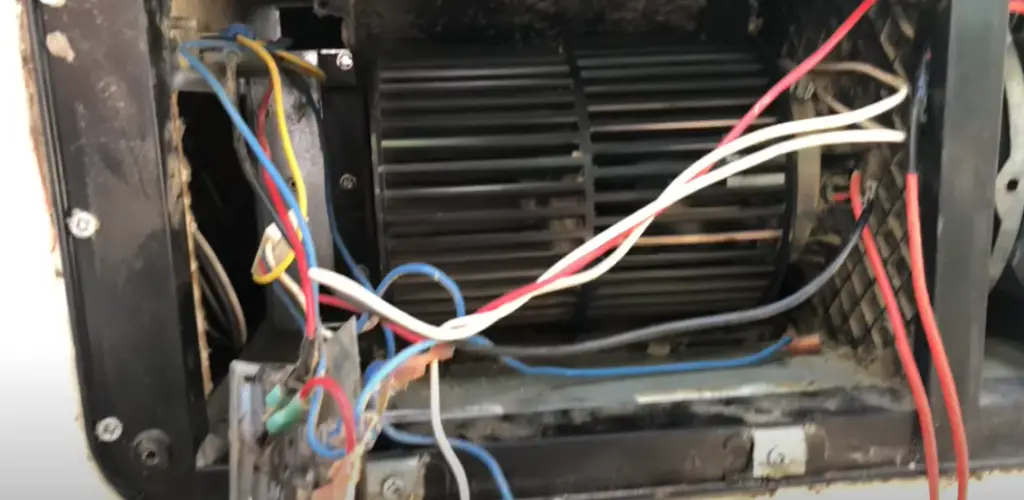
FAQ
Why does the furnace in my RV keep turning off?
Clogged air filters are the most widespread reason why this problem may occur. Air filters play a significant role in keeping your furnace running smoothly by screening dirt particles, dust, and debris from entering the burners. However, air filters collect these particles over time, and if neglected, the dirt could make it challenging for your furnace to breathe, resulting in overheating and turning off. The best way to solve this is by cleaning or replacing the filters regularly, depending on the manufacturer’s suggestion.
Why does the furnace keep shutting off after a few seconds?
A thermocouple is a safety device that detects the pilot light’s presence. If a thermocouple is faulty, it could send the wrong signal to the furnace’s gas valves, indicating that the pilot light is out, even when it’s not. When this happens, the furnace won’t function because it’s designed to shut off automatically for safety reasons. Replacing the thermocouple is a simple fix that could save you money and frustration in the long run.
Why does the RV furnace run for 15 minutes then shuts off?
If such a problem happens to your RV furnace, it’s either experiencing low propane pressure or overheating. Low propane pressure results in a weak flame, which could cause the furnace to turn off automatically. Overheating, on the other hand, could occur due to faulty ductwork or a dirty burner, causing the furnace to overwork and turn off as a safety measure. You can avoid overheating by checking and replacing your air filters regularly, checking if your ductwork is clean, and ensuring the burners are free of dust and debris.
Useful Video: Rv Furnace Runs 30 seconds then shuts off
Conclusions
An RV furnace shutting off after 30 seconds can be highly frustrating and scary for new RVers. However, with just a little bit of troubleshooting, you can quickly diagnose the problem and fix it. Always ensure that the propane is flowing correctly and there are no obstacles. Clean the air filters and the burners, calibrate the thermostat, and if nothing works, contact a certified service technician. With these techniques, you can fix your furnace and enjoy a warm and comfortable RV even on the coldest of nights.
References:
- https://togorv.com/rv-living/rv-furnace-troubleshooting-tips/
- https://familyrvingmag.com/2015/12/01/rv-furnace-maintenance/

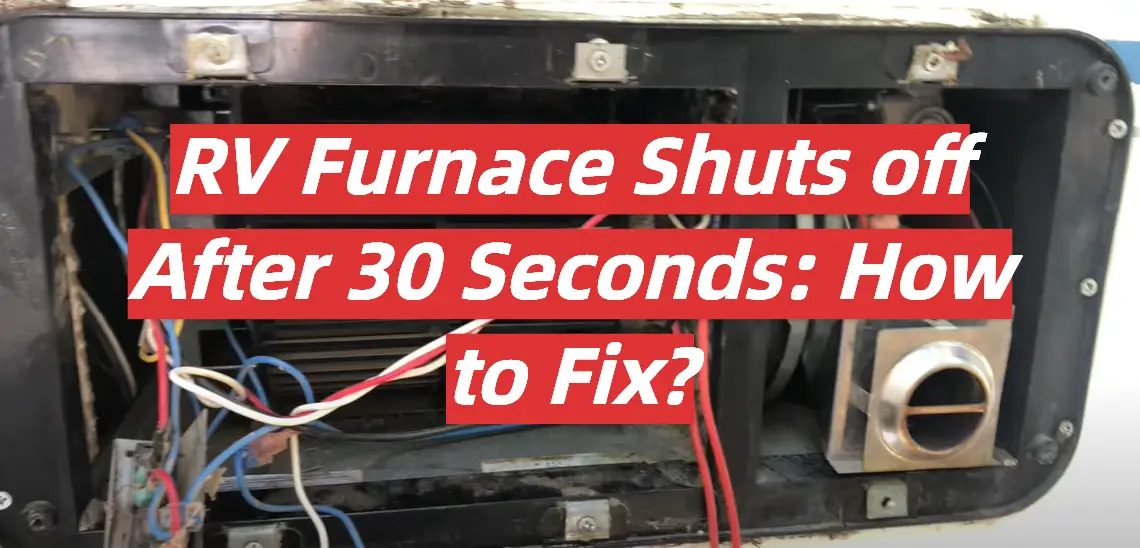
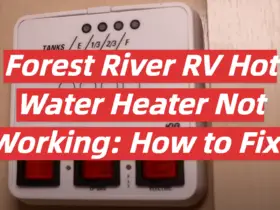
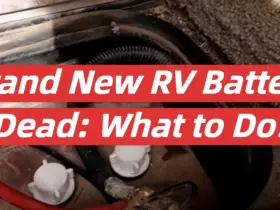
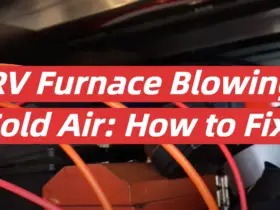
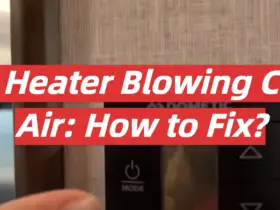
Leave a Reply